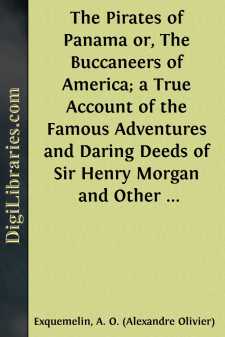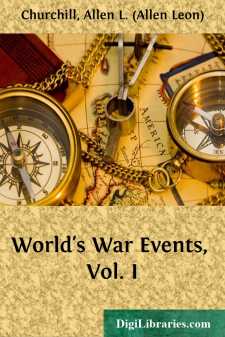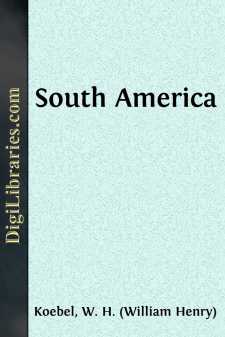Categories
- Antiques & Collectibles 13
- Architecture 36
- Art 48
- Bibles 22
- Biography & Autobiography 813
- Body, Mind & Spirit 142
- Business & Economics 28
- Children's Books 15
- Children's Fiction 12
- Computers 4
- Cooking 94
- Crafts & Hobbies 4
- Drama 346
- Education 46
- Family & Relationships 57
- Fiction 11828
- Games 19
- Gardening 17
- Health & Fitness 34
- History 1377
- House & Home 1
- Humor 147
- Juvenile Fiction 1873
- Juvenile Nonfiction 202
- Language Arts & Disciplines 88
- Law 16
- Literary Collections 686
- Literary Criticism 179
- Mathematics 13
- Medical 41
- Music 40
- Nature 179
- Non-Classifiable 1768
- Performing Arts 7
- Periodicals 1453
- Philosophy 64
- Photography 2
- Poetry 896
- Political Science 203
- Psychology 42
- Reference 154
- Religion 513
- Science 126
- Self-Help 84
- Social Science 81
- Sports & Recreation 34
- Study Aids 3
- Technology & Engineering 59
- Transportation 23
- Travel 463
- True Crime 29
Getting to know Spain
by: Dee Day
Description:
Excerpt
You probably know that it was a Queen of Spain, Isabella, who made it possible for America to be discovered in 1492. It was an Italian sailor, Christopher Columbus, who first had the strange new idea that he could sail westward from Spain in order to reach the Far East. He came to Spain to tell people about his idea, and everybody he met thought he was crazy because they knew, or thought they knew, that the northern corner of Spain, jutting out into the Atlantic, was the very end of the world. Even the most daring sailors and fishermen wouldn't go very far from that shore for fear they would drop over the rim into nothingness.
But Queen Isabella didn't think Columbus was crazy. She took time to listen to him and decided she wanted to help him. She didn't have any money to buy ships for his expedition, so she ordered a little fishing village, Palos, to build three ships as a way of paying a fine they owed her. The fishermen of Palos knew how to build good, sturdy sailing vessels, and they soon had the three ships ready for Columbus and his brave sailors.
That is why, in August of 1492, the daring expedition started from this little Spanish village. What a sight! Three little ships, the Niña (Small Girl), the Pinta (Spotted), and the Santa Maria (named in honor of the Virgin Mary) cast off from the wharf of Palos. Flags fluttered in the breeze as the sails billowed out from the masts. All the villagers were lined up on the shore to pray and to cheer, and the bells in the church rang as Columbus and his crew sailed off "the rim" to the west in search of wealth and glory for Spain!
Many Spanish explorers followed Columbus to the New World, and even sailed all the way around the world, west to east, but the Spanish people today are mostly "stay-at-homes." Sometimes they leave home for a little while to make money, like the Spanish shepherds who are so good at handling flocks of sheep that American ranchers in California, New Mexico, Nevada and other western states pay them a lot of money to come and work for them. But those who leave always go back to their beloved land as soon as they have earned what they need.
If you were to meet a Spanish person, you would find that he would be interested in America and other countries, but he couldn't imagine living the rest of his life anywhere except in Spain. "Why should I ever live anywhere else?" he would ask you. "Everything beautiful and good in life is right here." He would feel this way even though he might be very poor and might even have to leave for a little while, like the shepherds. To him, the important things in life are his family, his friends, his church and his country.
His country is a large, squarish, mountainous land at the southwesternmost tip of Europe. To the north, over the tall wall of the Pyrenees Mountains, is France. To the west is Portugal and the Atlantic Ocean, and to the east is the Mediterranean Sea. Spain has more seacoast than any other European country and more mountains than any except Switzerland. Spain and Portugal together make up what is called the Iberian Peninsula. It is named for the Iberian people who came there from North Africa almost 5,000 years ago and settled down to become the ancestors of the Spanish people.
If you were to stand at the bottom of the Iberian Peninsula, on a hill overlooking a town called Algeciras, you could look right into Africa, only twelve miles away. You would also see the Rock of Gibraltar—a giant rock rising out of the sea and turned into a fort to guard the narrow passage between the Atlantic Ocean and the Mediterranean Sea. This passage is the Strait of Gibraltar, and all ships must go through it to get from the sea to the ocean.
...







